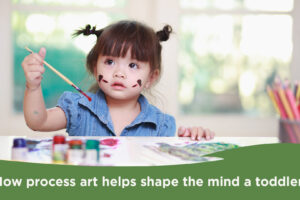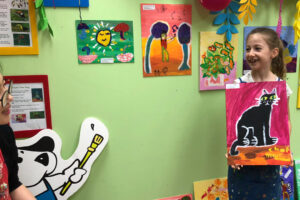Without Art Education There Is No Education
![]()
- Posted by abrakadoodle.com.sg
- Categories Process art
- Date 21 April 2022
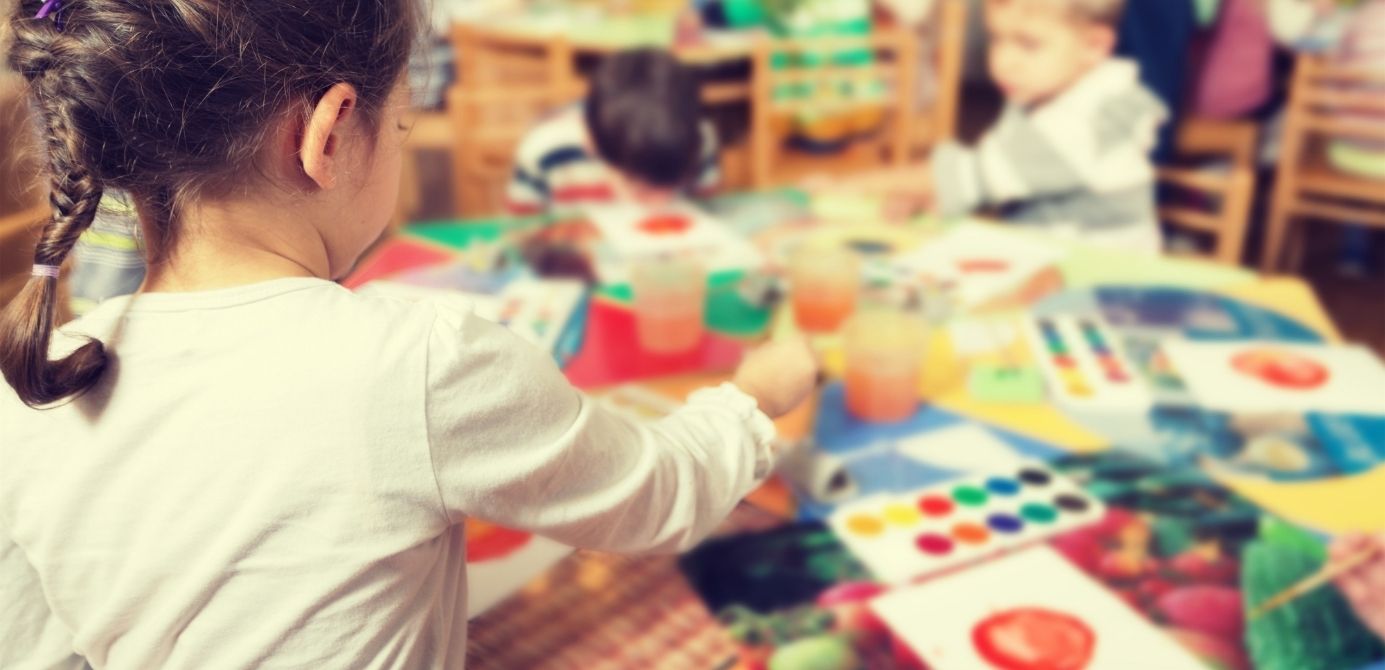
All parents of very young children embark on a journey of prepping their toddlers for the road of life. Gratefully discovering who their children are and what skills and activities they like.
But what about those of us who miss it by a mile? What about those who have forgotten what they were like when very young? What about those among us who fail to understand how a child feels on the first day of her school? They surely would be at their wits ends, trying to figure out how best to prepare their little ones for the future.
Make sure that their child has a clear understanding of the difference between being thrown into the deep end of starting school with no knowledge of what’s to come. Or to nurture a child who arrives on the first day of school, ready and confident, and trusting her knowledge and her abilities to impress her peers and teachers alike!
This blog is meant for those who want to help their children get an upper hand, and for those who wrongly assume that art has no role to play in a child’s life.
Table of Contents
ToggleFirst impressions last
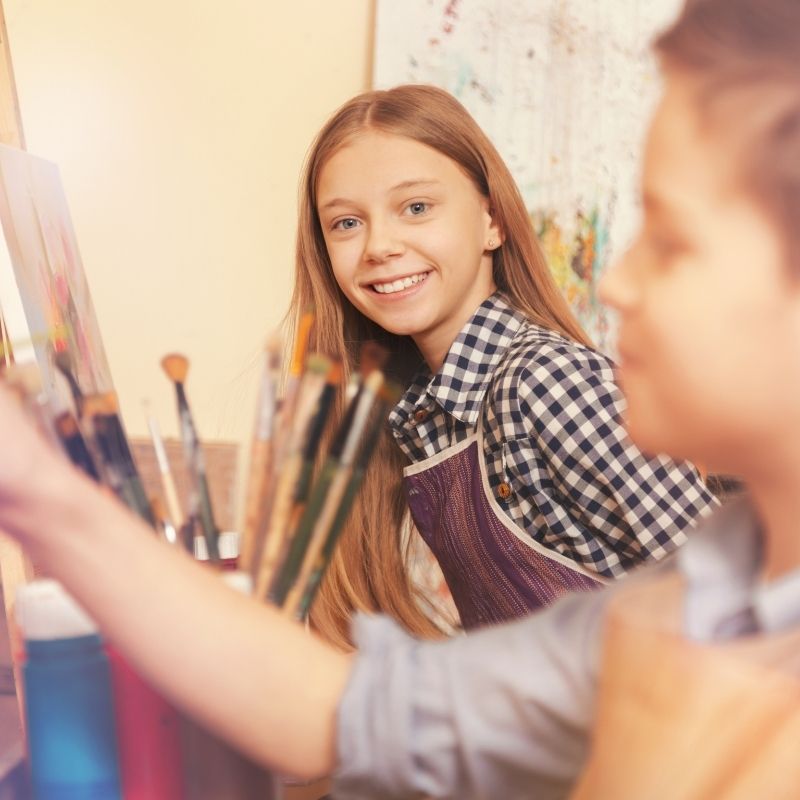
More often than not, the first day of school dictates the perception of what a school is like for the duration of a child’s schooling. This is why every parent will want to ensure that their child’s first impression is always the best possible one and will help put their child on a positive path to learning and growing.
This is where art can play a critical role, helping cultivate the well-being of young preschool learners. Stimulate their curiosity, creativity and imagination. More importantly, being creative helps children of all ages cope with their feelings and fears, as well as assists in managing their emotional stability.
The Oxford dictionary defines art as “the use of the imagination to express ideas or feelings, particularly in painting, drawing or sculpture.”
Current findings in the field of child psychology positively indicate a very strong correlated relationship between the development of interpersonal and intrapersonal skills that enable young children to grow as individuals and be in a position to connect better and more effectively with others.
Ultimately assisting in the improvement of overall academic performance. Their neurocognitive outcomes are greater compared to peers that may not have the same exposure to art, and their social-emotional development exceeds expectations. Simply because they are learning on a level that promotes deeper connections to their thought processes, and the mindsets of those around them.
Give your child a head start
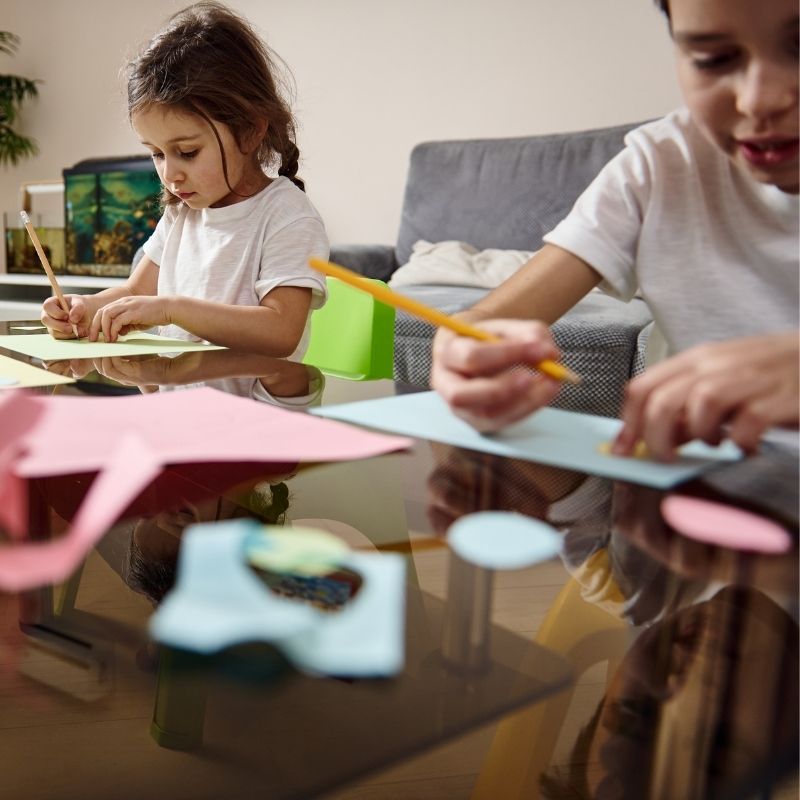
Research shows that exposure to the arts early in life, not only prepares toddlers and young children for school, learning new things, and being able to have a creative outlet, but they are also developing a whole range of lifelong skills that will help them in the future.
All it takes is a tiny spark to ignite an inextinguishable flame in the minds of children. Children exposed to art at a young age, learn to appreciate its value and resulting in acquiring genuine lifelong skills that promote success in academics, social skills, and help process what and how we see, hear and feel the world we engage in every day.
Art introduces young children to new ways of seeing. Helping children retain their sensibilities, and remain open to another point of view and visual expression and imagery around them more accurately.
Five immediate effects art has on a child
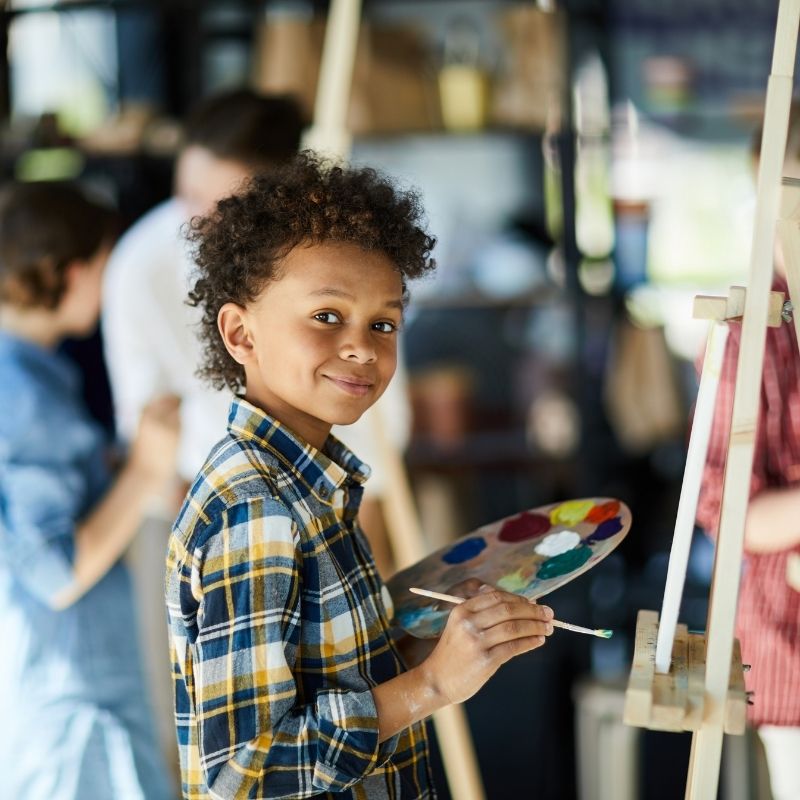
Learning about art enables children to create their versions of the past, and present, and even helps them visualise what they want their future to be. This kind of learning and understanding becomes even more effective when parents engage actively with children through discussion and analysis.
Observing, reflecting and questioning art, helps children discard preconceptions and prejudices. Most importantly, it helps parents to reinforce the message that there is not just one way to make art. In fact, there is no limit to how you can express inner emotions, feelings and desires – the only limitation is imagination, and a child’s capabilities in that area are limitless!
Seeing things for what they are
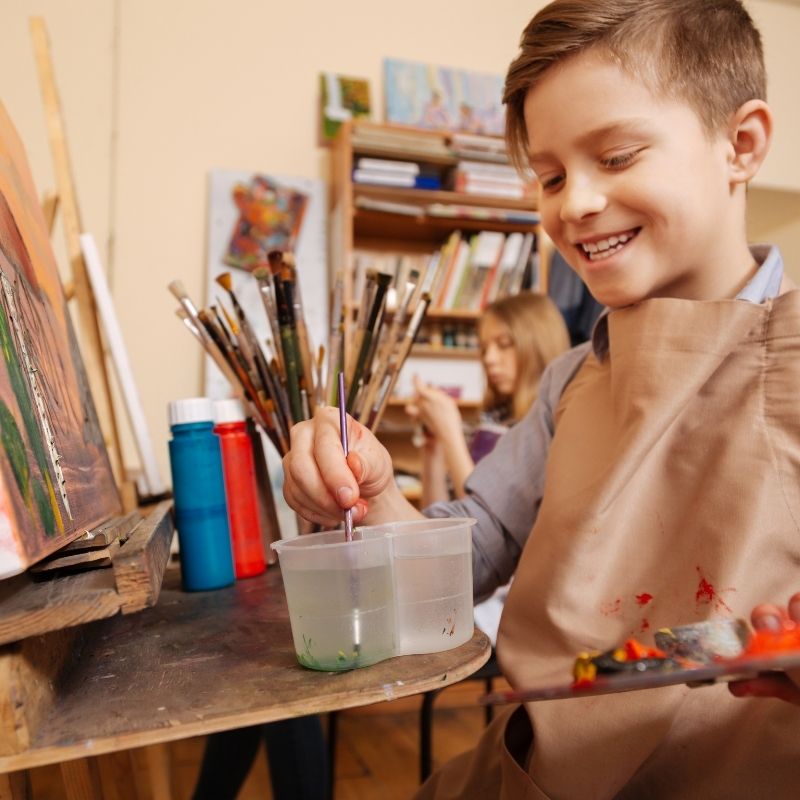
The mind usually tends to see what it wants to see. The earlier children learn about this flaw in observation the better it is. Art encourages children to look more closely and observe visual cues and interpret symbols. Helps take a more mindful approach to life.
Once children begin to learn to visualise through careful observation and then to imagine, they learn the ability to apply this to other areas of learning. For instance, developing faster reading skills, as children who can visualise what they are reading, learn to remember what is relevant and important.
Learning to feed curiosity
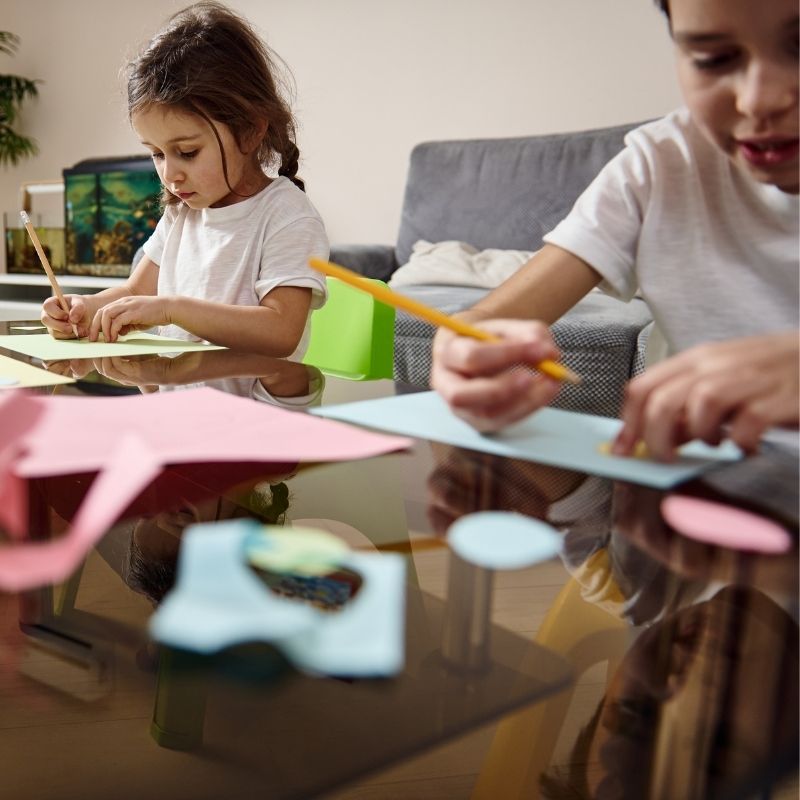
Being able to ask open-ended questions, enables children to reflect on their emotional responses to what they see and experience. This encourages children to dive deeper, consider different points of view, as well as help nurture confidence in their likes and dislikes.
Art nurtures reflection in children, and as it is directly linked to emotions, it can be used to prompt discussions about why people make art, and why art is useful.
Developing the ability to analyse
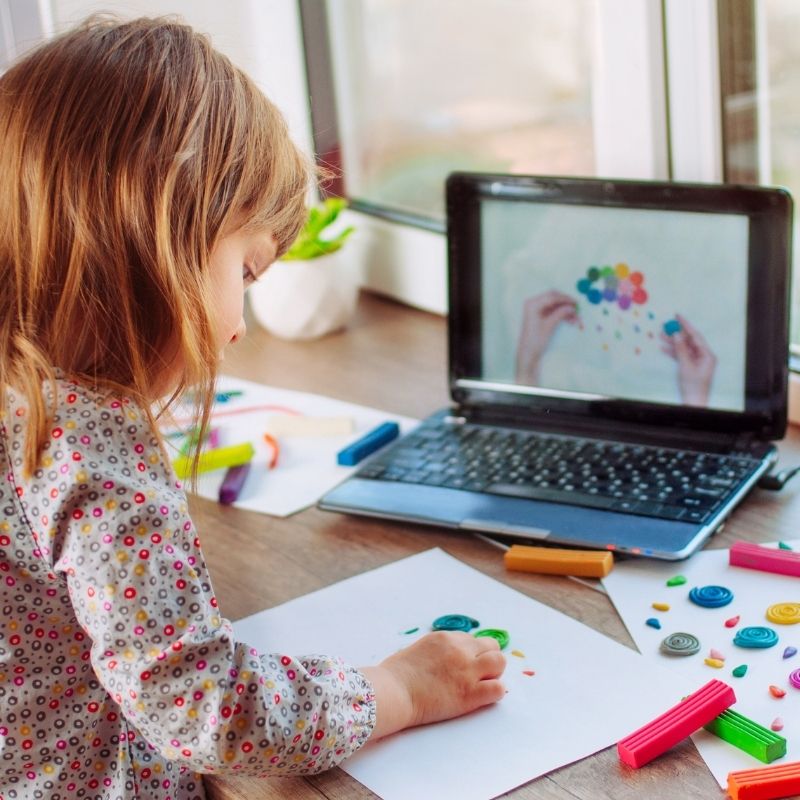
Looking at things and at artworks, in particular, makes it easier for children to interpret motivations helping children understand how visual images can be shaped by the context that which they are set in.
This helps even young children to understand and make the right responses to the images they see around them, whether in print, on social media or TV.
They begin to see more in-depth. Think deeply about colour, composition, and scale, engage in discussions not only about the artwork but also develop a perspective about science, history, society and for that matter have an opinion on any other subject.
Finding their voice
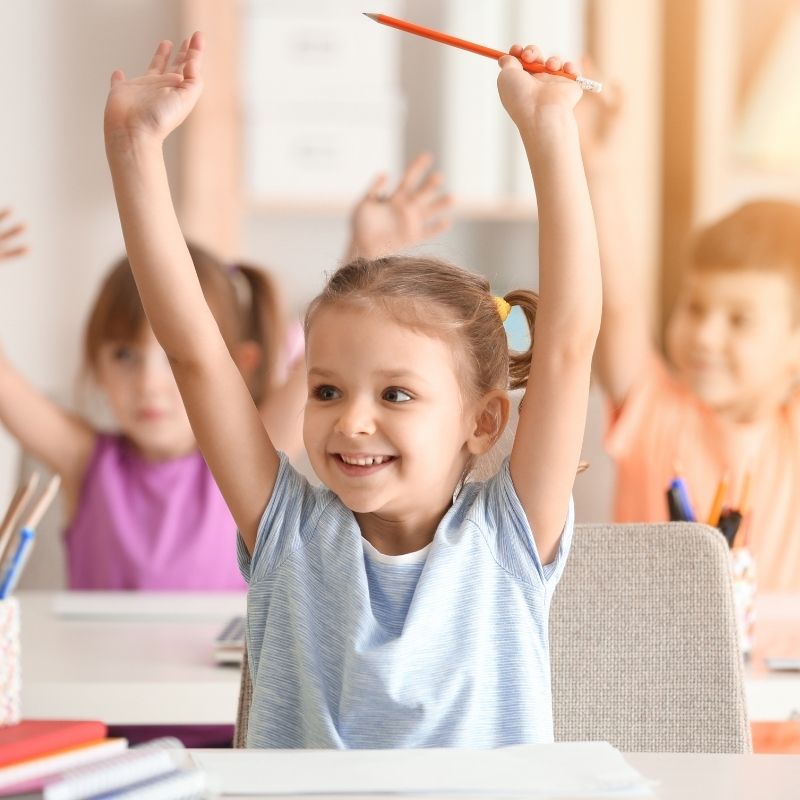
Talking about art encourages children to be open and to express themselves freely. They pick up new words about art and gain fluency in expressing themselves more articulately.
An increase in word power enables children to translate everything around them into words quickly and easily. It also gives them the ability to talk about their emotions and feelings.
Open-ended questions will prompt a child to be more specific. It also helps children make a better connection between words.
Discussing at a higher level
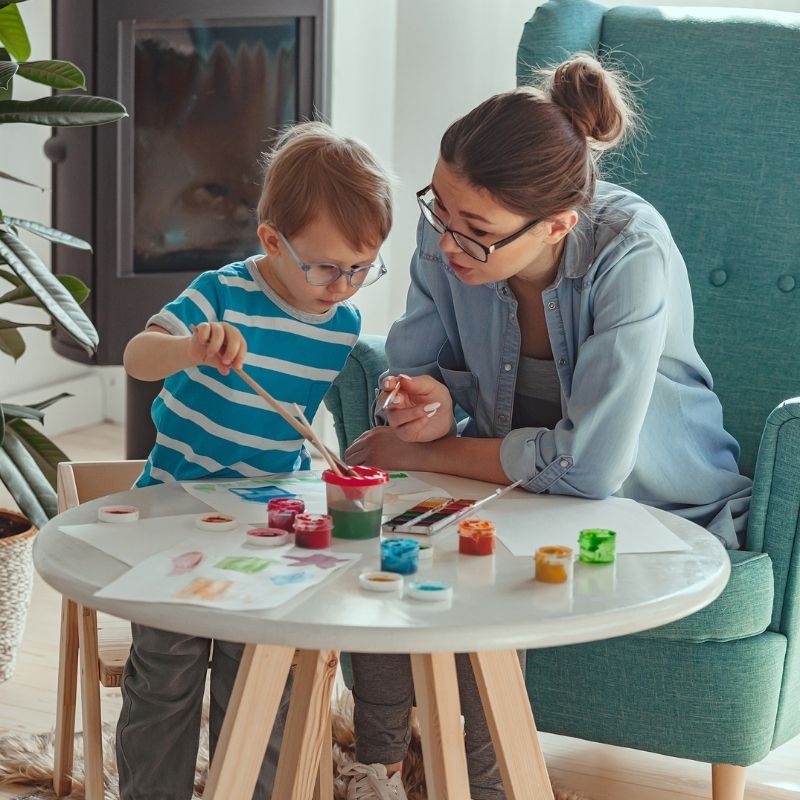
Talking about art and things is a good way to teach children the importance of listening to others’ points of view. Negotiation puts you in a position to contribute to your understanding. This is a difficult but important skill to learn.
An opportunity to interact freely is an opportunity to invest in quality family time, as parents and children purposefully discuss an artwork that is right in front of them. It helps children interact with other children, learn to work collaboratively, and use the power of words to express clearly to others, what they see, how they feel, and why.
About Abrakadoodle
Art education at Abrakadoodle creates learning experiences we can use to inspire children to think different, be innovative, and devise ways that teach about interesting things found in the real world. Changing the way children discover and imagine. Ignite their minds to think, play and learn like never before.
If you like to enrol your child in our children’s art classes or participate in cognitive learning activities, give Abrakadoodle a call. Or better still, make an appointment with the head of a centre near you. Get hands-on exposure to an experience that will make you see art in a way that adds value to a child’s life.
Please note: Abrakadoodle classrooms are thoroughly sanitized every day — the tables, the chairs, the children’s activity stations and everything else the child might touch is made safe and clean. They also wear a mask, wash their hands frequently, and practice social distancing.
You may also like
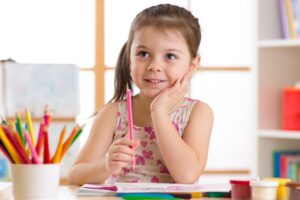
Process Art Lessons For Children
